Garner’s White Trash Bass Fly
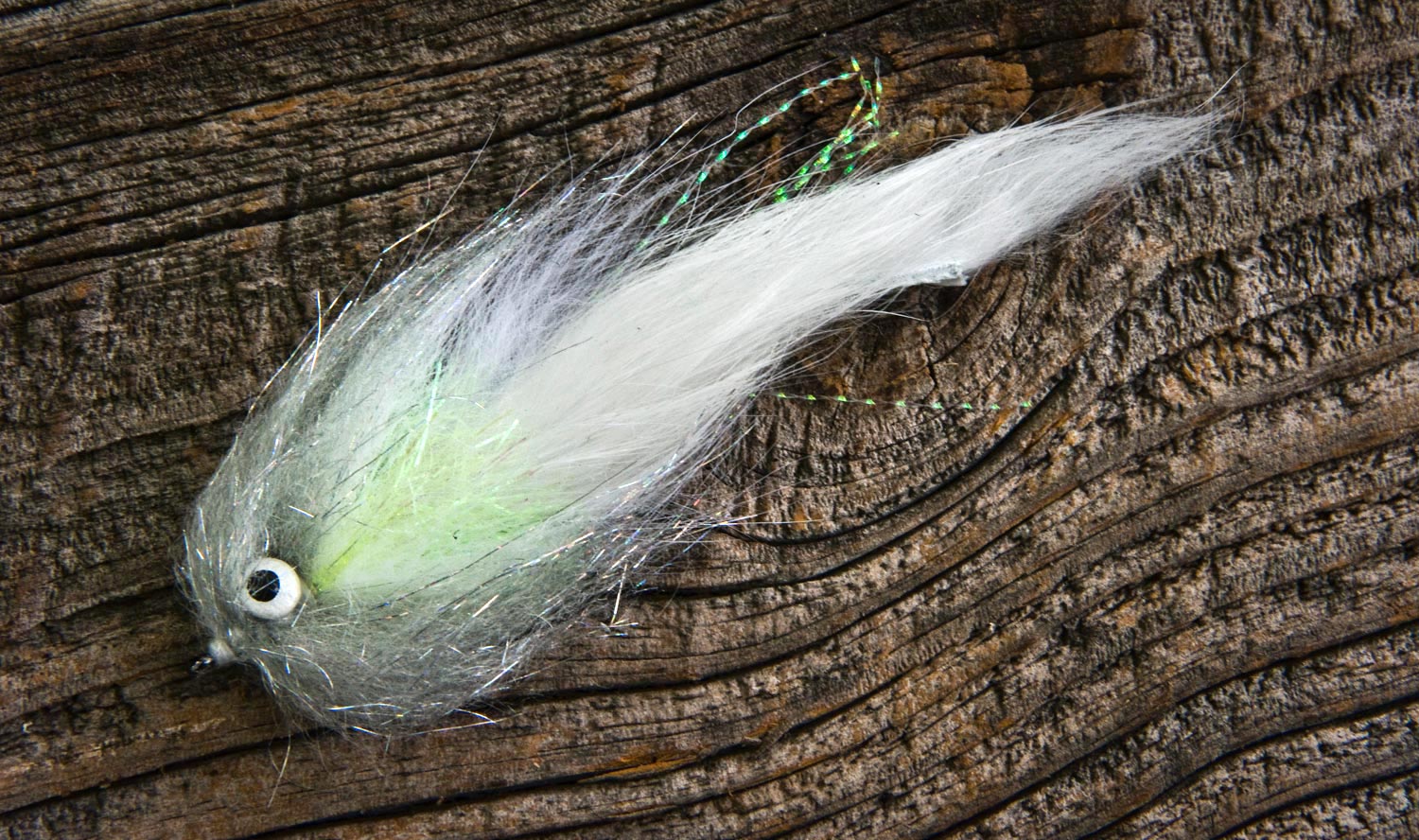
WANT TO CATCH BIG BASS?
How about really big bass? Striper fishing rivers in the south during the summer can be off the hook but it can also be challenging. Those big bruisers can get pretty damned selective and you a pattern that will get them moving.
Nobody knows this game better than Garner Reed. Today Garner is going to share a pattern he developed for catching big striped bass and spotted bass on the Etowah River. He calls it Garners White Trash and it gets the job done.
Watch the video and learn to tie this great bass fly.
Read More »How To Fish A Mouse Pattern: Video
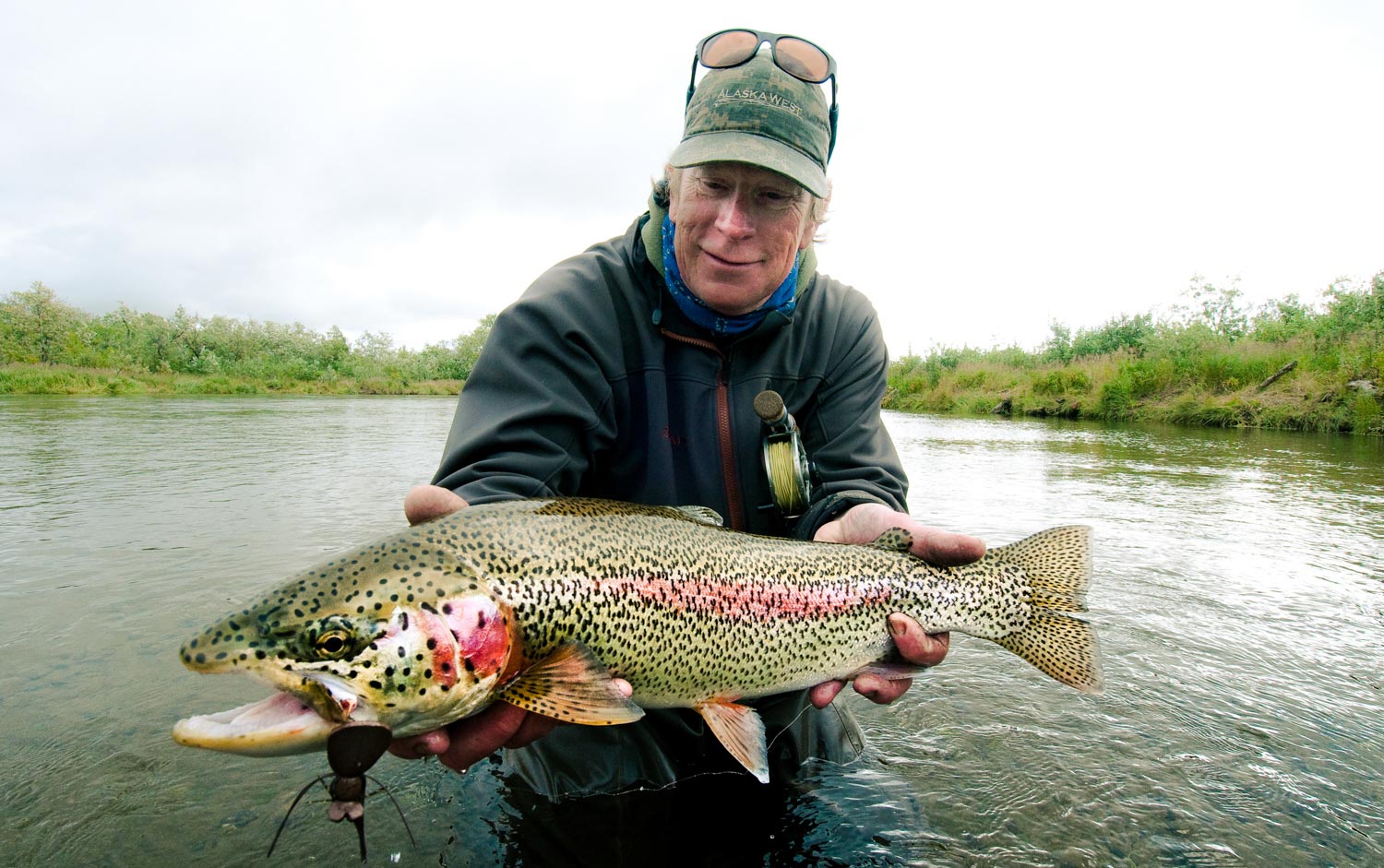
There’s no more exciting way to catch trout than on a mouse pattern.
Mousing is exciting and incredibly visual. The only thing cooler than watching a fish charge your mouse pattern is the explosive eat. It’s a productive way to target big trout, and it works more often than you might think.
Lots of anglers are intimidated by the idea of fishing mouse flies. It’s really not difficult. It just requires that you learn a couple of techniques and have some faith. Give it a try and I’ll bet you’ll be hooked.
WATCH THIS VIDEO AND LEARN TO CATCH TROPHY TROUT ON A MOUSE FLY.
Read More »Steel Wire for Movement and Durability in Articulated Streamers
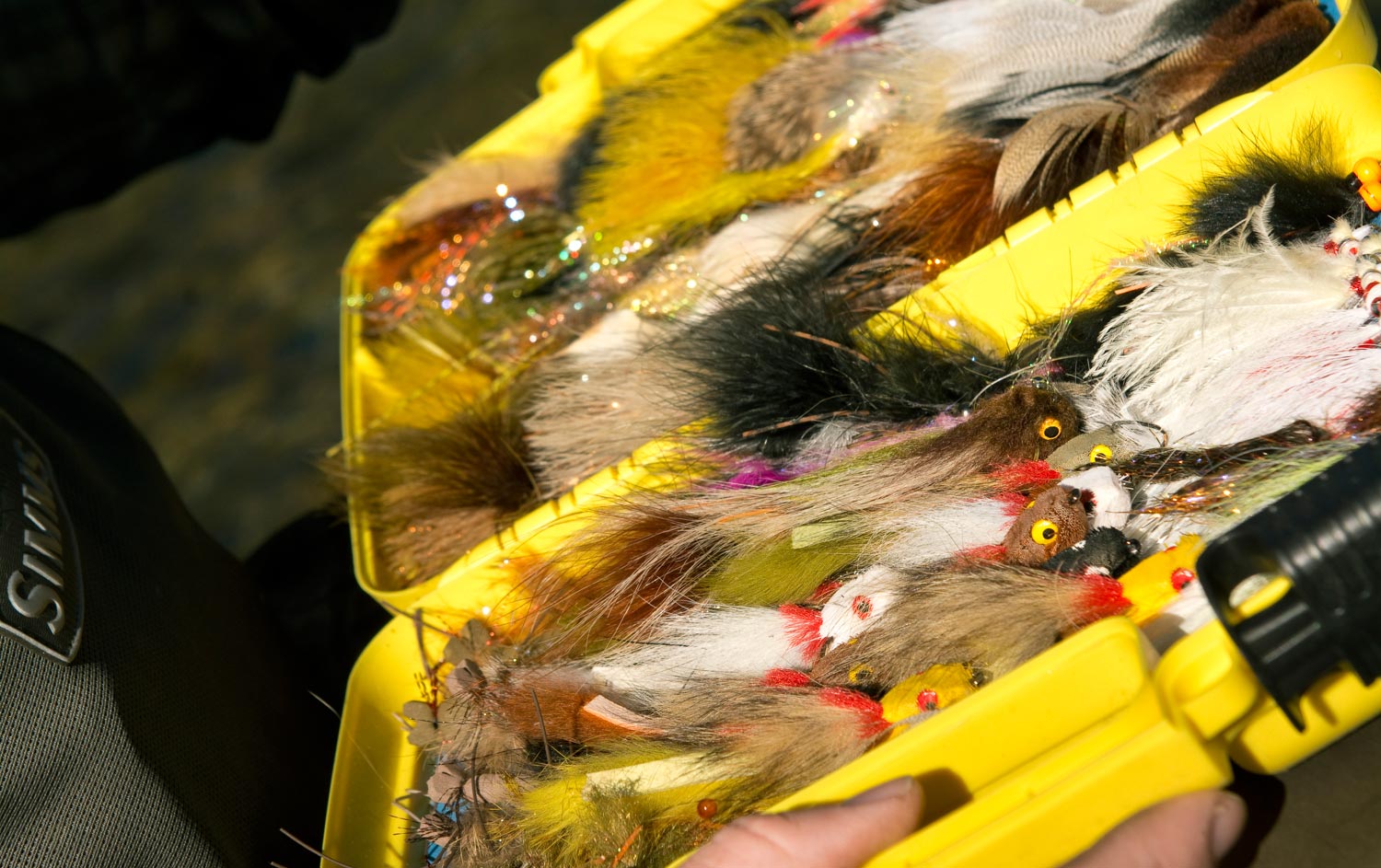
By Justin Pickett
If it doesn’t wiggle it don’t go in my box!
I fish and tie a lot of articulated streamer patterns. I have an entire cliff box jam packed with them, as well as a collection of Plano boxes full of experiments and f*** ups. Being the crazy tier that I am I’ve experimented with many different types of lines and wires that I use to connect my trailing hook to my lead hook. I’ve used different types of monofilament, fluoro, braid, and even leather cord in an attempt to find the perfect combination of movement and durability.I’ve been less than pleased with mono and braid because of durability issues. Eventually both become frayed and eventually fail.
Through the last couple of I’ve been searching for ideas and found a brand of beading wire on Amazon that sells it in a few different sizes. Typically found in medium, fine, and very fine, it gives me options depending on the size and weight of the streamer I am tying. It also comes in either black or steel grey. It’s a braided steel wire coated with nylon called Econoflex and runs around $3.50 for a thirty foot spool.
Read More »My Experience At The G&G Bonefish School
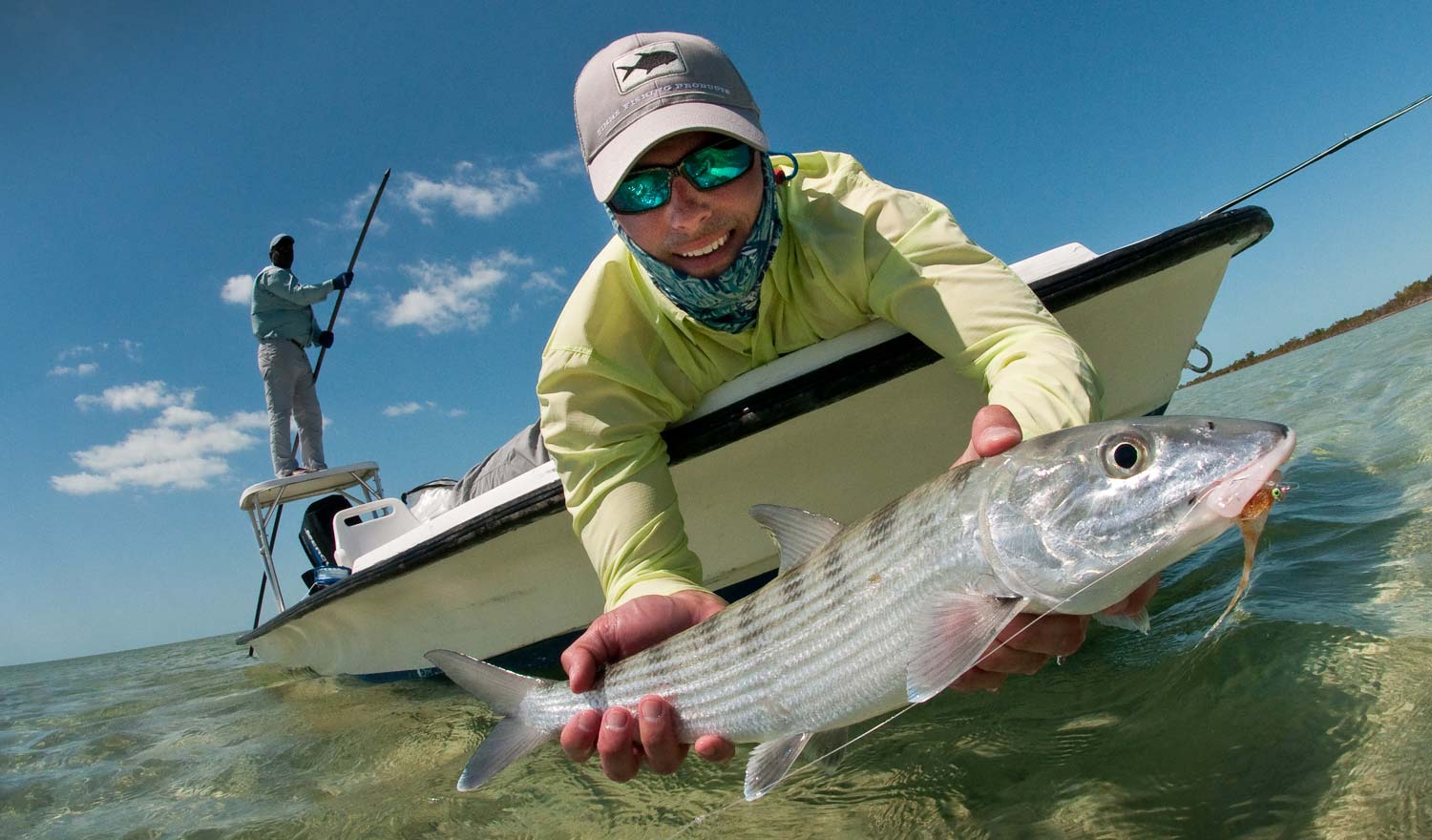
By Jason Tucker
I could not have been more shocked to find myself in the Bahamas than if my spaceship had crashed there. The call came on Thursday. “Can you go to the Bahamas for a week?”
“When?”
“We leave Saturday.”
I checked with my employer, girlfriend and bank account. For once in my life the answer was yes. And so it was that I was off to Bair’s Lodge in the Bahamas on my first hosted trip with Mr. Louis Cahill.
I’ve never quite understood hosted trips, or why folks pay to go on them. I don’t mean this as a criticism, but merely as an observation. I had no idea really what they are all about. I mean, why not just book a trip and go?
Because booking a trip in a far-off place can be intimidating. How do you know the fishing will be good? What do you do if you have a problem with a guide or the lodge? What if you fundamentally misunderstand the fishing and need guidance, flies, or information on the culture, or even what to pack?
There are a number of guides I know that do hosted trips to South America and other places. These guys have a clientele who like fishing with them. It’s a ready-made cocktail. The guides have gone and done the legwork, scouting the location, lodge and fishing, and can act as a liaison. Clients go and know they have someone on their team. The host can get to know the local culture and the fishing and therefore buffer your descent into the experience.
I was grateful to travel the final leg with Louis, as even the casual manner of Andros Air was foreign and disorienting. Basically, when we all showed up, we flew. The flight was brief and uneventful, but when you taxi up to the shack that serves as a terminal on Andros you are greeted by the sight of crashed plane sitting on the edge of the runway.
When we got to Bair’s Lodge after a thirty-minute taxi ride, we were met by our hosts James Hamilton and Liz Ziebarth. But after showing us our room and letting us settle the real test came, for me. Most of the other guests had already arrived and were out on the veranda enjoying cocktails and appetizers. Who were these guys? Would I, a working-class guy, fit in at all. I introduced myself nervously, quickly forgetting their names, vowing to work on it the rest of the week. The appetizers were amazing. Louis came out and did a casting presentation, then helped me tie up a couple custom leaders for bonefish.
After dinner Louis put on a ninety-minute bonefish school with slides from his vast library of images, each illustrating the point being made. For the guys who had done this before this was a refresher course. For the other guys like me for whom this was all new, it was an avalanche of information that would take days to sort out. After that Louis showed several of us how to tie the Bimini twist.
The next day I was fortunate enough to get to fish with Louis. We were unfortunate enough to have terrible weather. We had intermittent showers and high winds, with gray clouds scudding overhead. For us fish were scarce and shots rare. We did find one fish that wanted to play, and I had the privilege of seeing Louis make the cast forty feet into a thirty-knot wind and hooking the fish. If I wondered if Louis was all talk, or really had the chops, there it was.
On the second day of fishing the weather started out much better.
Read More »Fly Rod Grip – Keep it Consistent

A common mistake that I see with many of my first timers is they fail to keep a consistent fly rod grip when they’re first learning how to cast a fly rod.
Without notice, they often shuffle their rod hand around on the cork, which ends up altering their grip slightly from one cast to the next. Probably the most common grip movement I see with my students is they reposition the thumb during the casting stroke. To be more specific, they slide their thumb off the top of the cork to the side of the cork, and it causes problems with casting form, makes it more difficult to abruptly stop the rod at the end of the back cast and forward cast, it seems to make it harder for anglers to feel the fly rod loading, and direct a cast to a designated target.
Read More »10 Tips to Keep You Catching Fish During Your Fly Fishing Travels
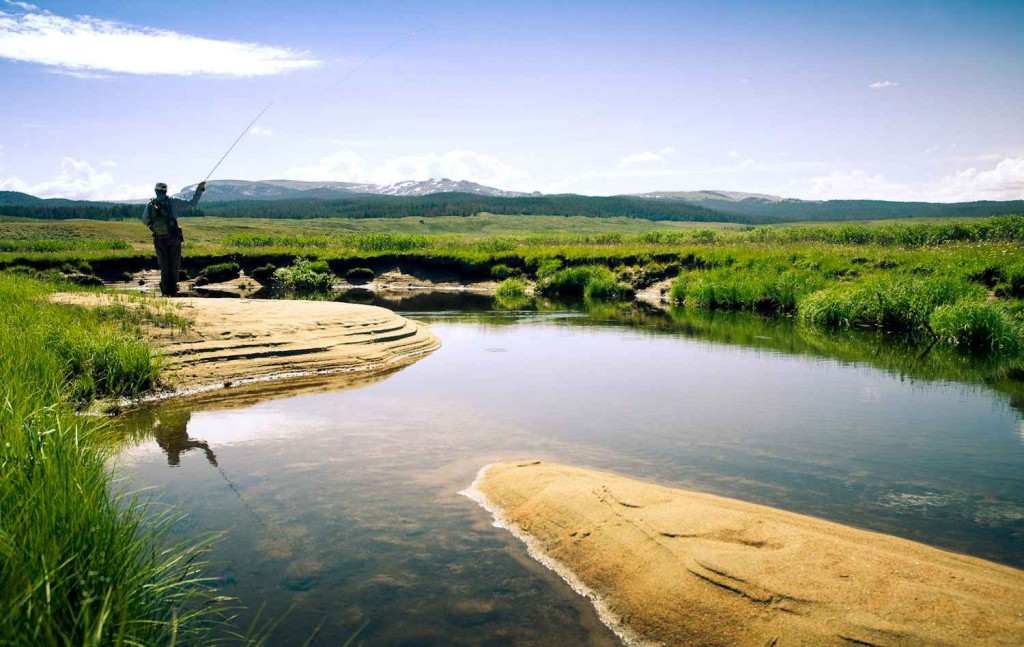
It’s easy to get out of your game when you’re traveling and fly fishing a new piece of water.
It has happened to me plenty of times, where I find myself fly fishing and going against all my fishing catching principles. Stick to what works for you on your home water and keep your confidence, and you’ll be landing beautiful fish in no time. Below are ten principles that I always make sure I live by when I’m fly fishing abroad on unfamiliar waters.
1. Spend your time fishing productive water, don’t waist your time fishing subpar water.
2. Look for the 3 C’s (Cover, Current, Cusine) to locate the hotspots.
3. Always position yourself where you can get your best presentation and drift.
4. Have your fly rig setup correctly for the water you’re fishing (nymph rig set correctly, long enough leader for spooky risers, correct tippet size, ect).
5. Take the time to figure out the food source the fish are keying in on. Take regular bug samplings throughout the day and keep an eye out for aquatic insects on the water.
6. Always fish with confidence and fish hard. Persistence usually pays off.
7. Don’t be afraid to move on if the water your fishing is slow. Even pack up and
Read More »NZ Guide, Chris Dore Talks Kiwi Nymphing
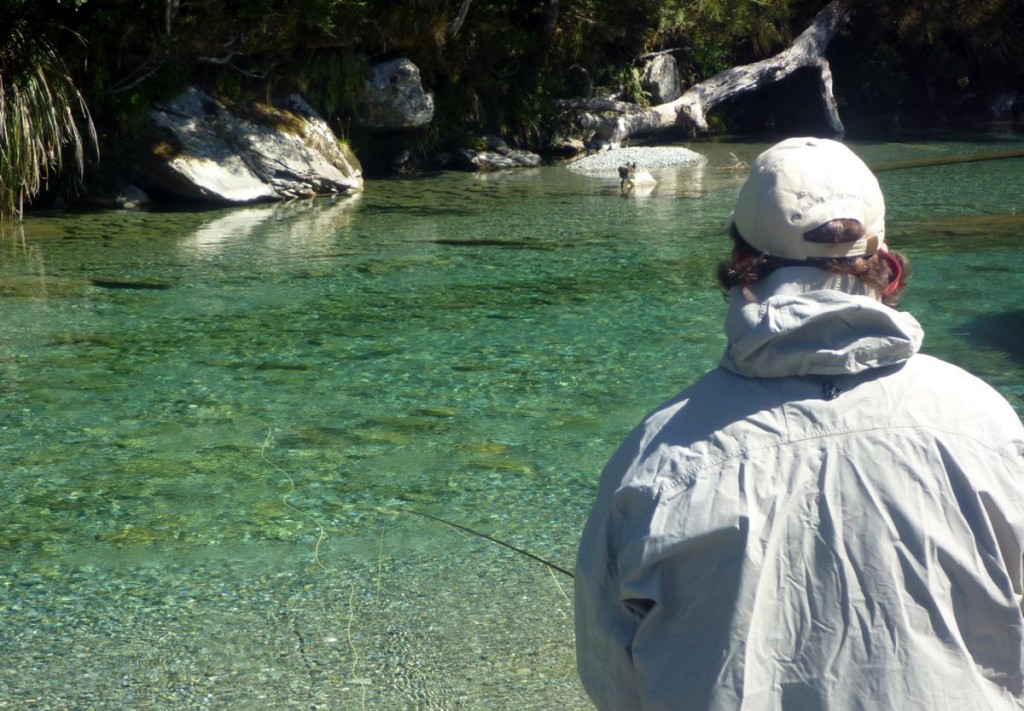
SO THE OTHER DAY, I NOTICED I RECEIVED AN INTRIGUING EMAIL FROM ONE OF OUR GINK & GASOLINE FOLLOWERS, COMMENTING ON MY ANGLER POSITIONING POST.
It just so happened to be Chris Dore who sent the email, a very popular fly fishing guide from New Zealand. We hit it off pretty quick, he said he loved the blog and we immediately began replying back and forth to each other about trout fishing techniques and tactics. I’d ask him a question on how he would handle a specific scenario and he did the same. I soon realized the knowledge he was providing me was invaluable, and I requested that he write a guest post on the blog so all the G&G followers could get in on the action. I asked Chris to talk about a handful of nymph patterns that he always carries with him on the water. Specifically the ones that always seem to get the job done for him. With no hesitation, Chris replied with this great article for nymphing New Zealand trout water, showcasing some of his favorite nymph patterns.
KIWI NYMPHING – BY CHRIS DORE
Chris Dore, renowned NZ fly fishing guide. Photo Courtesy: Chris Dore
New Zealand trout streams do not possess the sheer numbers of aquatic invertebrates found in most North American waters. With the exception of the famous Mataura River in Southland, trout do not have much opportunity to lock onto just one food source–they must take what comes by or they simply may not eat. This opportunistic feeding behavior forces the Kiwi Angler to think more along the lines of presentation over imitation when nymph fishing for trout, and if a trout does not eat your size 16 pheasant-tail or hares-ear nymph, you’d better check your presentation mate.
Follow me…
The three things I consider when confronted by a nymphing fish or an orgasmic piece of trout water here in New Zealand, are size, color and weight.
Size isn’t too important but is still a factor to consider. Again, this comes down to the lack of numbers thing: mayflies, caddisflies and stoneflies are present in most streams across the size range, and so trout won’t often discern between
Read More »Top 10 Trout Flies For The American West
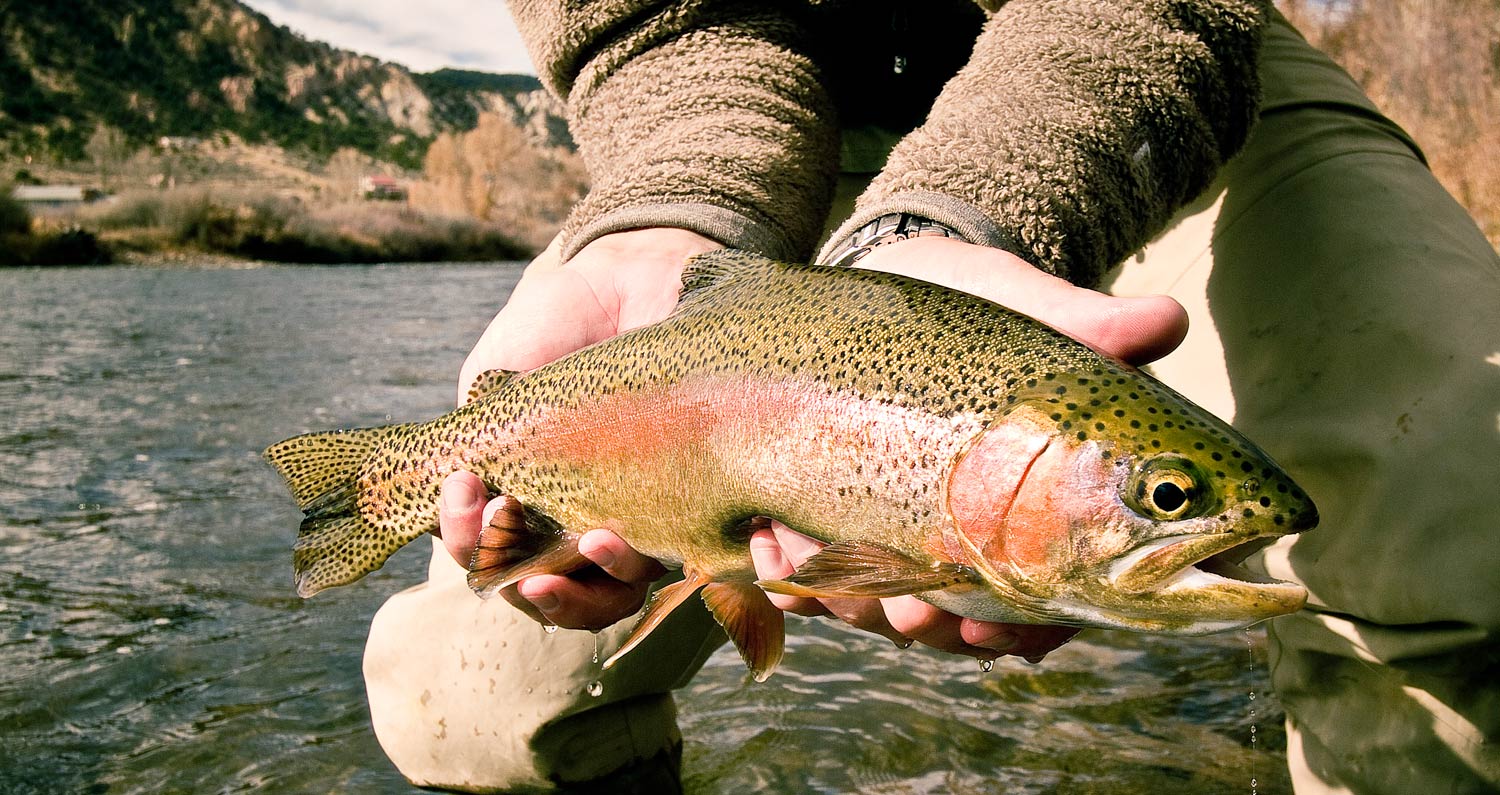
I HAD A CLIENT COME INTO THE STORE THE OTHER DAY ASKING ME TO SET HIM UP WITH THE BEST PATTERNS FOR FISHING THE WEST.
He was planning on traveling around Colorado, Utah, Wyoming, and Montana this summer and his goal was to put together a selection of flies that would allow him to catch fish on every river. After setting him up with a fairly comprehensive selection of dries, terrestrials, nymphs and streamers, we started debating what the 10 best patterns are to cover all types of western trout water. We assumed you could fish the same pattern in different colors and sizes which I guess makes it a lot more then 10 patterns, but anyway this is what we came up with. Let us know what you think and send us your top 10!
#10- The Hair Sculpin
The Hair Sculpin is an awesome streamer. It moves, it can be tied in all different colors and sizes and most importantly it catches fish. You can throw it on a sink tip and fish it deep in lakes or my favorite, bounce it off the shore from a boat. It’s good liven.
#9- The Panty Dropper Hopper
The name alone makes this fly awesome. It comes in various colors and sizes and its got very realistic looking legs. If you fish anywhere that has hoppers, the Panty Dropper will get the job done.
#8- Zebra Midge
Go to any tailwater and generally on the “Hot Flies” list in the local fly shop is a Zebra Midges. They are super simple to tie and best of all they work. You can tie them in any color and size you want from a miniscule #28 to a #12.
DeGala’s Hula Damsel
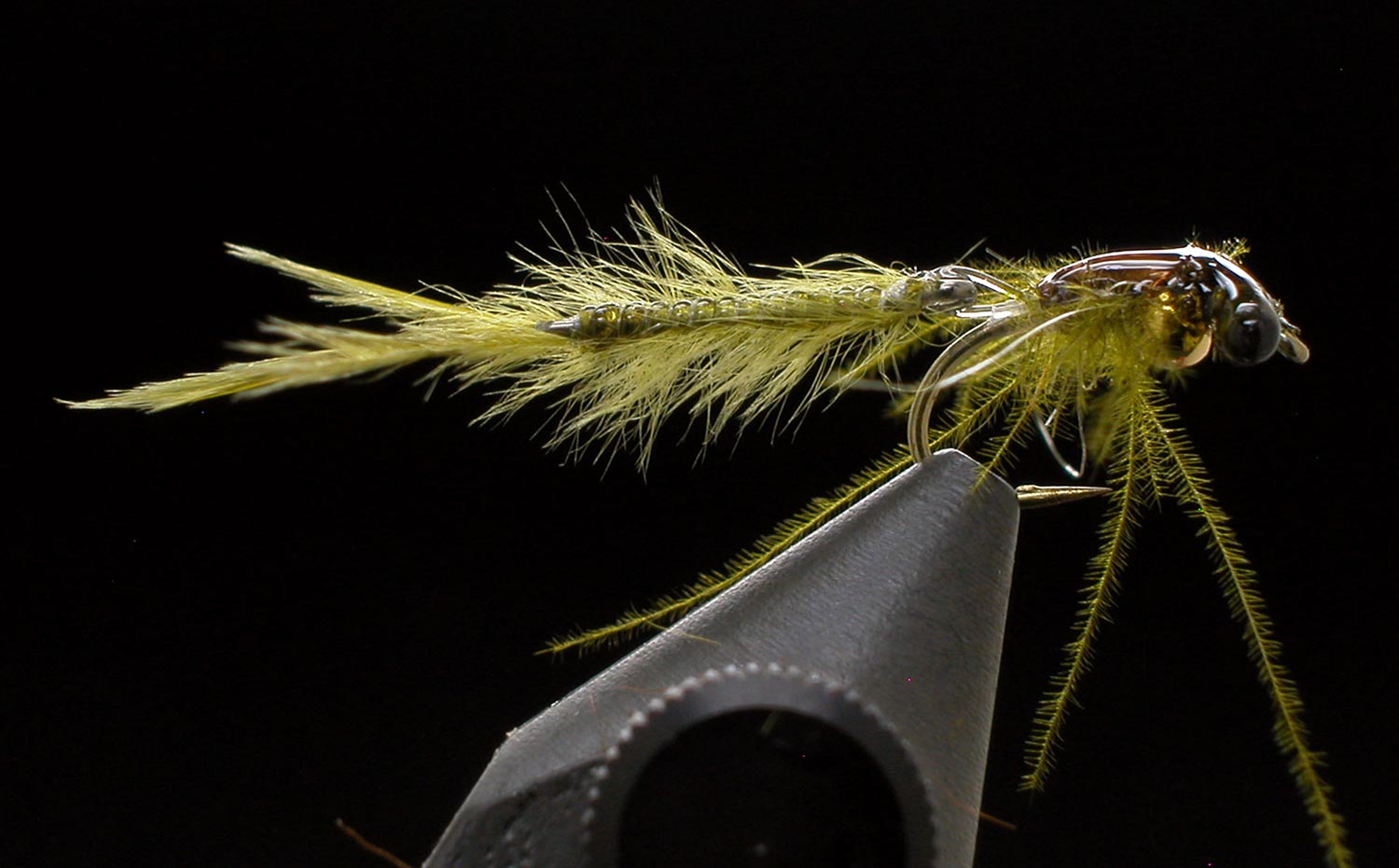
By Herman deGala
It’s the time of year when the rivers and creeks around Colorado are blown out because of run-off but the weather is just gorgeous. What is a body to do? Of course, you could head to some tailwater. Until you get there and find everyone thought the same thing.
Or you could head to your nearby lake or pond. It’s all filled up. You can see dragonflies and damsels dancing in midair. You might even see a bass come up and just crush a dragonfly as it drops its eggs.
This Hula Damsel is my favorite pattern for this time of year. It is articulated to give it an extra bit of movement as you strip it through the water. It dives when you pause, which is a definite trigger.
I typically fish this along the shore along the reeds and weed line with an intermediate line. It sinks very slowly and stays in the feed zone as you strip, strip, pause.
WATCH THE VIDEO AND LEARN TO TIE DEGALA’S HULA DAMSEL.
Read More »The Fight Isn’t Over When You Get a Tarpon Boat-Side

Catching a tarpon on the fly is a feat most fly fishers dream about but never experience. Some fly anglers get lucky right out the gates, but for most of us, catching one of these beasts on the fly often takes several trips to accomplish. My good friend Capt. Bruce Chard is one of the most competent tarpon guides I know and has taught me a great deal about chasing the silverking. When he put me on my first 125 pound plus tarpon he made a point to let me know that the fight isn’t over when you get a tarpon boat-side.
Bruce Chard explained to me that many tarpon
Read More »